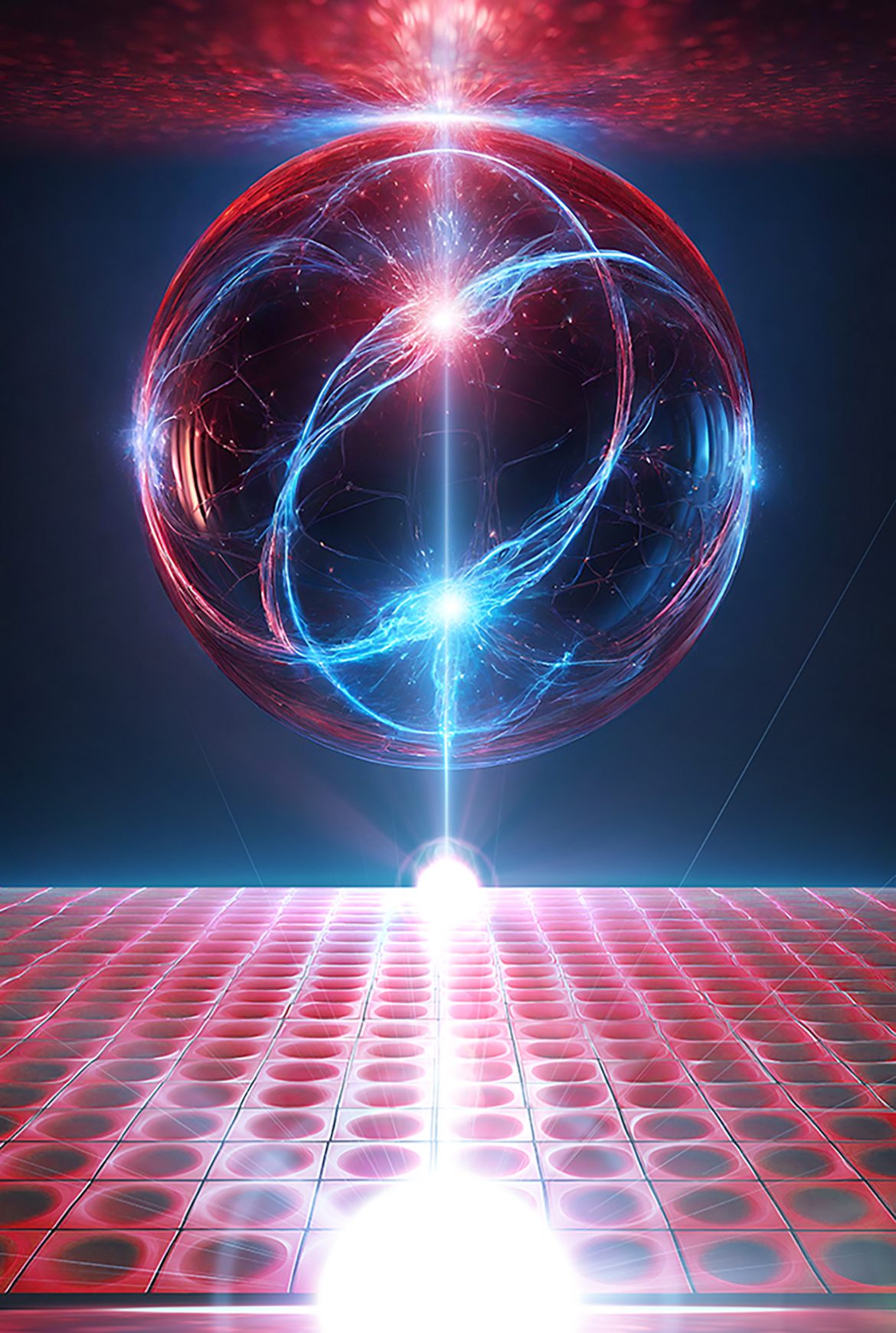The discovery of supercritical coupling opens new avenues for trapping and converting light energy, potentially advancing developments in quantum technology, high-resolution imaging, and photonic devices. A collaborative research effort between the National Research Council, Institute of Applied Sciences and Intelligent Systems (Cnr-Isasi), the Molecular Foundry in Berkeley, USA (Mfb), and the National University of Singapore (Nus) has led to revolutionary results in nanophotonics.
The research led by Dr. Gianluigi Zito of the National Research Council, Institute of Applied Sciences and Intelligent Systems (Italy), in collaboration with Prof. Xiaogang Liu of the Department of Chemistry at the National University of Singapore (Singapore), has demonstrated a new physical phenomenon called “supercritical coupling,” through which the efficiency of photon conversion can be amplified by several orders of magnitude. This discovery opens new avenues for manipulating light in various scientific fields and could promote developments in quantum technology, high-resolution imaging, and photonic devices such as lasers, optical cavities, and resonators.
Photon conversion, the process of transforming low-energy photons into high-energy photons, is a crucial technique with numerous applications. However, to achieve this, it is necessary to enhance the interaction between photons and the atoms that trigger the conversion process. The concept of “supercritical coupling” plays a fundamental role in addressing this challenge.
This new fundamental approach leverages the physics of “bound states in the continuum” (BICs). BICs allow light to be trapped without ever losing energy. The discovery demonstrates an eight-order-of-magnitude increase in light conversion. This enhancement also enables the direct propagation of photons with exceptional precision.
“Photons trapped in BICs,” says Dr. Zito, “even though immersed in an infinite sea of other photons without physical barriers, cannot escape. If light remains trapped, it can interact countless times with matter, exploiting and controlling its properties much more efficiently. BICs are dark modes because light cannot escape, allowing the amplification of numerous physical phenomena of interest in the most modern technologies.”
Pr. Liu adds, “This breakthrough is not only a fundamental discovery but represents a paradigm shift in the field of nanophotonics, altering our understanding of light manipulation at the nanoscale. The implications of supercritical coupling go beyond photon conversion and offer potential advancements in quantum photonics and various systems based on coupled resonators.”
Results have been published on Nature on February 22, 2024:
https://www.nature.com/articles/s41586-023-06967-9
Free read:
Nature News & Views:

